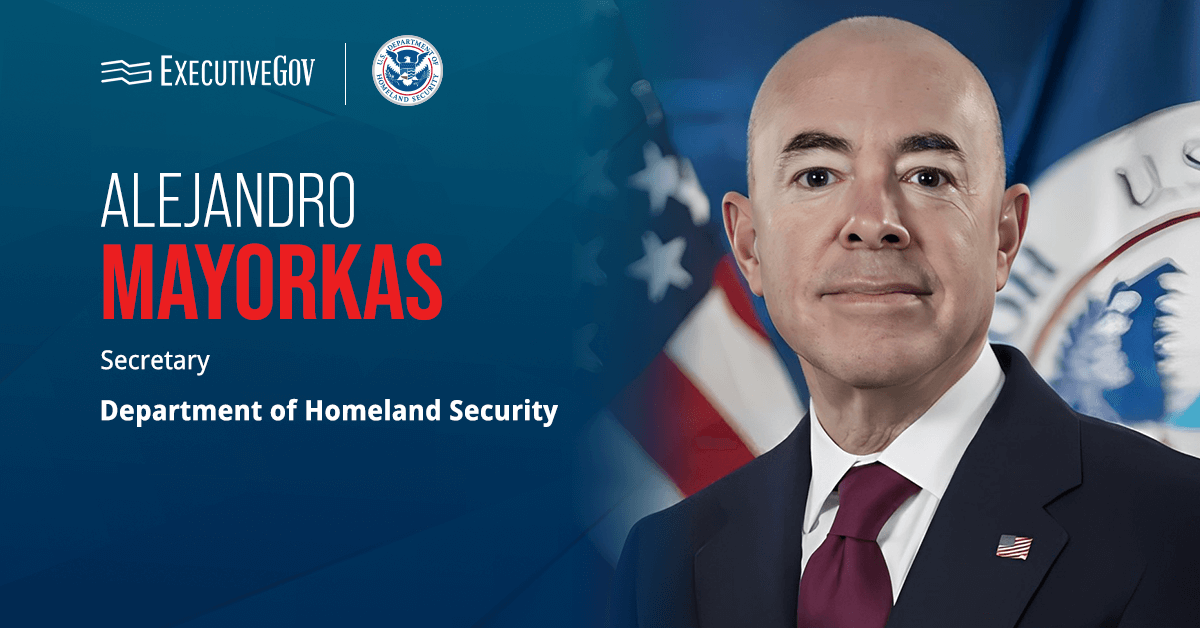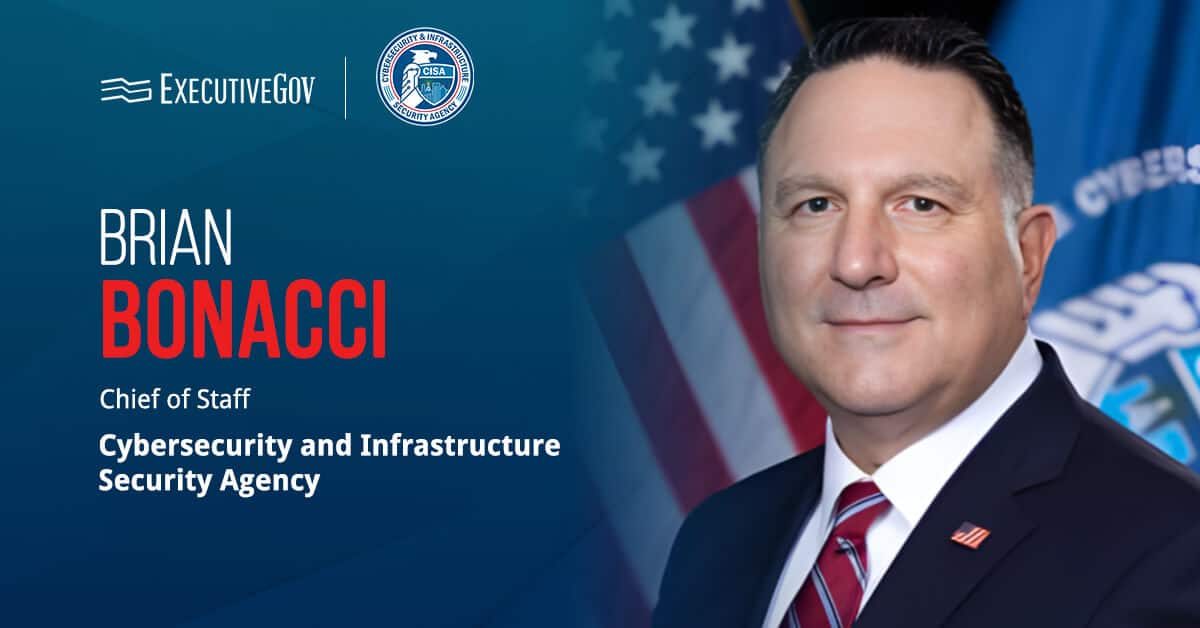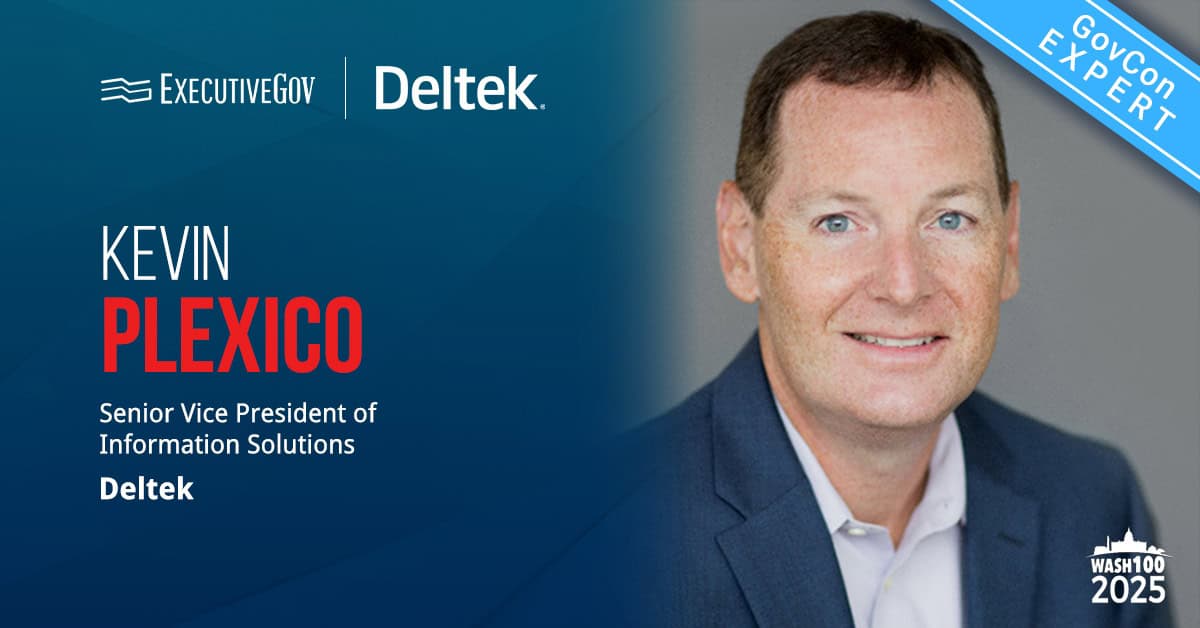The Department of Homeland Security has issued a set of recommendations for critical infrastructure operators to ensure the responsible implementation of artificial intelligence tools. The Roles and Responsibilities Framework for Artificial Intelligence in Critical Infrastructure is a resource designed for each layer of the AI supply chain, from digital services providers to public sector organizations, DHS said Thursday.
The framework recognizes that more critical infrastructure operators are deploying AI tools to ensure reliability, boost efficiency and improve services. Among the most common uses of the emerging technology in the sector is to quickly detect earthquakes and predict aftershocks.
“AI offers a once-in-a-generation opportunity to improve the strength and resilience of U.S. critical infrastructure, and we must seize it while minimizing its potential harms,” commented Alejandro Mayorkas, secretary of Homeland Security and a Wash100 awardee.
“The choices organizations and individuals involved in creating AI make today will determine the impact this technology will have in our critical infrastructure tomorrow,” he added.
Table of Contents
Mitigating AI Risks
The framework identifies three categories of AI vulnerabilities in critical infrastructure: AI-powered attacks, attacks targeting AI systems and AI design or implementation failures.
For critical infrastructure owners and operators, the document recommends adopting cybersecurity practices and protecting consumer data when deploying AI. DHS also encourages organizations to maintain transparency whenever the emerging technology is employed to deliver goods or services.
In addition, the framework calls for active monitoring of systems performance and cooperation between developers and critical infrastructure operators to understand the real-world outcomes of AI.
Evolving Government Guidelines
In a recent interview, Mayorkas told reporters that the guideline would be a living document that would change depending on industry developments. It might also evolve based on new policies.
When asked how the recent presidential election results will affect the framework, Mayorkas stressed that the guideline implements policies under the current administration. He noted that the president-elect will decide “what policies to promulgate and implement.”





